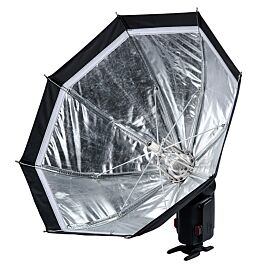- Messages
- 31
- Name
- Steve
- Edit My Images
- Yes
I am thinking of undertaking a project shooting environmental portraits of local tradespeople in my community. I think I may need to get something more professional than my Godox TT685N flashgun but I am not experienced in using studio lighting and i wondered what recommendations everyone has for a nice portable lighting setup. I was thinking about the Godox AD200. What does everyone think/recommend?


